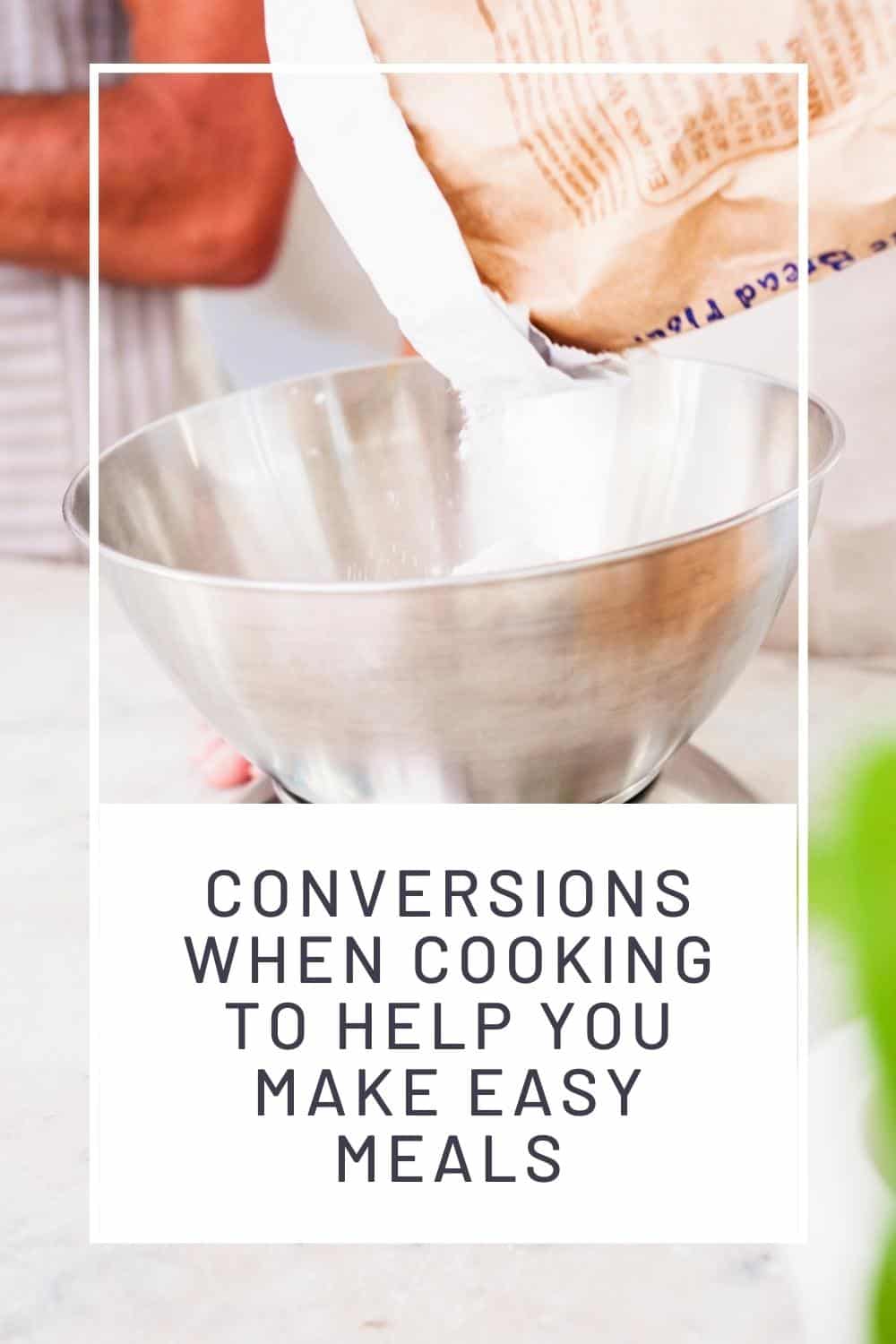Oven temperature conversion and cups conversion charts
I don’t know about you, but I can get quite frustrated at times when I’m searching for new recipes to try. It’s annoying when you find something you like the look of and then find that it’s all in unfamiliar measurements so you then have to search for conversions.
When I click on a photo of an amazing-looking dish, and it transpires that all the information is in imperial measures or, worse still, cups, I used to feel somewhat downhearted. However, since using these easy conversion tables, those emotions are a thing of the past, and my food horizons have been significantly broadened.

Temperature conversions
The conversions chart below should help you to convert Celsius to Fahrenheit and vice versa. You should always bear in mind that every oven is different. There is also a difference in temperature between ovens and fan-assisted ovens.
When cooking Yorkshire puddings in my current oven (it’s a fan oven), I know that it needs to be set to 190°C, but my old one had to be at 200°C. It can be a bit of trial and error at times and you’ll find it easier once you get used to cooking with your oven.
| Celsius °C | Celsius Fan °C | Fahrenheit °F | Gas Mark |
| 140 | 130 | 275 | 1 |
| 150 | 140 | 300 | 2 |
| 160 | 150 | ||
| 170 | 155 | 325 | 3 |
| 180 | 165 | 350 | 4 |
| 190 | 175 | 375 | 5 |
| 200 | 185 | 400 | 6 |
| 210 | 190 | ||
| 220 | 200 | 425 | 7 |
| 230 | 210 | 450 | 8 |
| 240 | 220 | 475 | 9 |
Weight conversions
Hands up if you belong in my camp. I’m the type of girl who visits the sweet stall on the market or the quaint corner shop with the old-fashioned scales and still asks for “a quarter of” whatever delight takes my fancy that day. It’s usually the white chocolate mice, for reference.
Never has my despair been so evident as when I see a recipe that uses ‘cups’. I always wonder, “Which size cup?”. A cup is actually an American measurement and doesn’t really refer to a cup at all!
When the recipe only uses this unit of measurement and nothing else, such as eggs, that’s fine. I get that the proportions will be right, but other than that, it baffled me for a long time. Having this simple conversion chart has really helped.
The only time I really use cups is when I make rice. Have you checked out my really easy rice-cooking method?
| Ingredient | Grams | Ounces |
| 1 cup of butter | 225 | 8 |
| 1 cup of flour | 125 | 4 ½ |
| 1 cup of sugar | 225 | 8 |
| 1 cup of icing sugar | 125 | 4 ½ |
Liquid Measures
Despite growing up surrounded by litres and millilitres, I’m not convinced that I will ever be persuaded to stop saying a pint of milk. And never ever will anyone visit the pub and ask for 568 millilitres of beer. It just sounds wrong.
Despite all of this, some of my favourite recipes are older and some are more recent. I don’t flit very easily between the imperial and metric measures. Again, using a conversion chart helps.
Since doing so, I’ve not had any meals where the liquid has vanished hours before the end of the cooking process nor have I drowned any poor innocent vegetables or cuts of meat.
Most of my favourites include fluid ounces, cups or millilitres, so I have opted to include just those conversions in the table below.
| Fluid Ounces | Cups | Millilitres |
| 1 | 1/8 | 30 |
| 2 | 1/4 | 60 |
| 2.7 | 1/3 | 82 |
| 3 | 3/8 | 90 |
| 4 | 1/2 | 120 |
| 5 | 5/8 | 150 |
| 5.3 | 2/3 | 159 |
| 6 | 3/4 | 180 |
| 7 | 7/8 | 210 |
| 8 | 1 | 240 |


If you would like to download these two helpful conversion charts click the links below to go to the printable pages!
Click here to download the cooking temperatures conversion
Click here to download the cups-to-grams conversion
